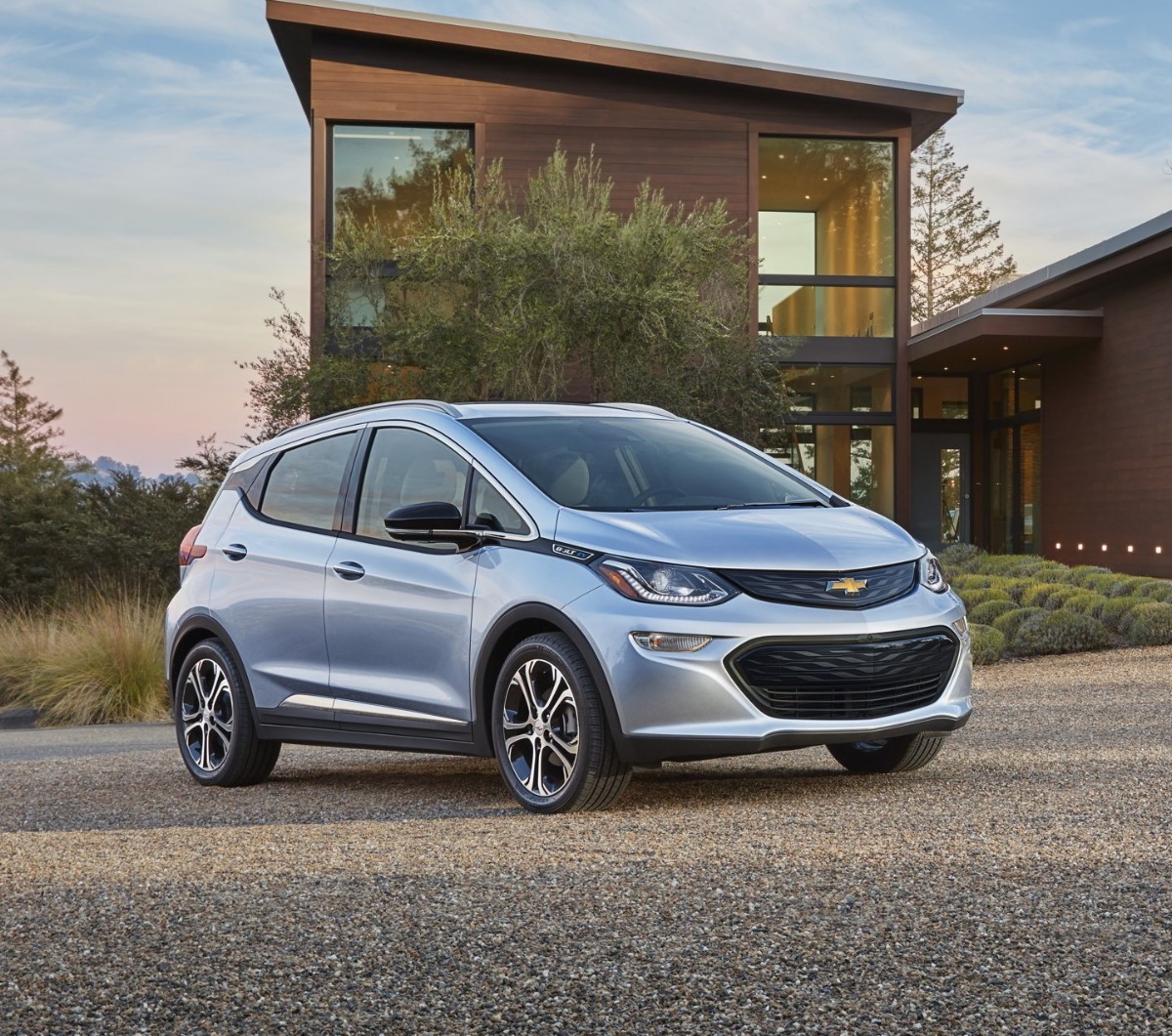Chevrolet Bolt EV Is Driving the Automobile Toward the Future
 |
| The Chevy Bolt is the start of the EV automobile evolution |
The Chevrolet Bolt is a remarkable achievement. It is the country's first mass-market, long-range, battery-powered electric vehicle. It can travel an EPA-rated 238 miles on a single charge. What's more, the Bolt can carry four to five people and their luggage comfortably, despite its relatively compact platform. It is available at a price that starts under $30,000 (after a $7,500 federal tax credit), which is more than $5,000 less than the current average price of a new car in 2016. And it is made by General Motors, the nation's largest automaker.
But one of the most remarkable things about the Bolt is how normal it feels to drive, something we can attest to after taking it out over a couple days through the mountain, valley, coastal, and urban roads of Northern California. Just charge up your Bolt at home, at work, or on the go at one of the nation's expanding networks of charging stations, and you're ready to motor. Speaking of motors, a full charge of the 60-kWh pack will take hours, or days, depending on whether you're using an appropriate DC fast-charger or an orange extension cord, but, regardless, it will cost you less than half the per-mile cost of gas.
The Bolt zips from 0–60 m.p.h. in only 6.5 seconds, on par with sporty hatchbacks like the Mini Cooper S and Ford Fiesta ST. It hugs the road more tenaciously than you'd expect, in part because much of its weight is down low in the big floor-mounted battery pack. And it does all of this with a distinctly quiet electric whir. (Electric motors deliver all of their motivational twist–or, "torque"–instantaneously, making them feel extra-peppy.)
And because it funnels friction energy, created by braking, into recharging the battery pack, you can have even more fun playing with the "Regenerative" brake feature. Click the neat joystick shifter into "L," and every time you take your foot off the "gas" pedal, the car slows itself, transferring precious energy into the electric cells.
You can also use a paddle on the side of the steering wheel to accomplish the same task, or to add in additional regenerative capability. You can even come to a complete stop using this system, making the car fully operational with only one pedal–great for reducing strain in stop-and-go traffic. Set the crisp 10.2" central touch screen before you to its "Flow" graphic mode, and watch the captured energy move from wheel to battery. You'll never feel so greedy about slowing down.
 |
| 238 miles on a full charge |
Also particular to this tablet-size screen is a pragmatic relinquishing of all navigation (and many entertainment) functions–to your smartphone. Instead of designing, and billing consumers for, a complex infotainment system that will likely be outdated shortly after it reaches the market, the Bolt relies on the constantly updated software in your portable supercomputer for its infotainment needs.
There's a cute little pocket built into the cleverly designed center console below the screen just for your cell, and a port to plug it into. The screen mirrors that of your iPhone or Android, reads out your text messages and turn-by-turn directions, and houses your media apps, too. "Our target customer will say, You're not better than Waze, you're not better than Pandora," says Bolt project manager Darin Gesse. "So we let them bring their own functionality."
In fact, functionality is the name of the game with Bolt, especially from a design perspective. The idea behind the car, according to lead designer Stuart Norris, was "to create something practical, accessible, and mainstream." Small crossover vehicles like the Bolt–ones that meld a carlike ride with the higher seating position and enhanced capacity and utility of an SUV–are the fastest-growing segment in the contemporary car market.
"It has a kind of classlessness to it," says Norris. "So an affluent customer will see its overt and compelling message of technology, while a more budget-minded consumer sees its rational cost and packaging value."
 |
| Interior is plain but functional |
Norris is as pleased with the car's perceived vigor, especially in light of his team's very rational approach to crafting the interior and exterior, which required carving out space, weight, and aerodynamic savings wherever possible. "I'm not a stylist, I'm an industrial designer," he says, proudly. "The Bolt is more like driving a product. We must maintain an emotional connection to the car, but since electric vehicles are still so new to the mainstream marketplace, we have a key role in defining that emotional connection."
Consumers can test-drive the all-new, all-electric car for themselves as it rolls out into dealerships–out West this winter and into all 50 states by midyear. The Bolt is a small car, but it's a giant step forward for our zero-emissions future. Brett Berk/Architectural Digest
